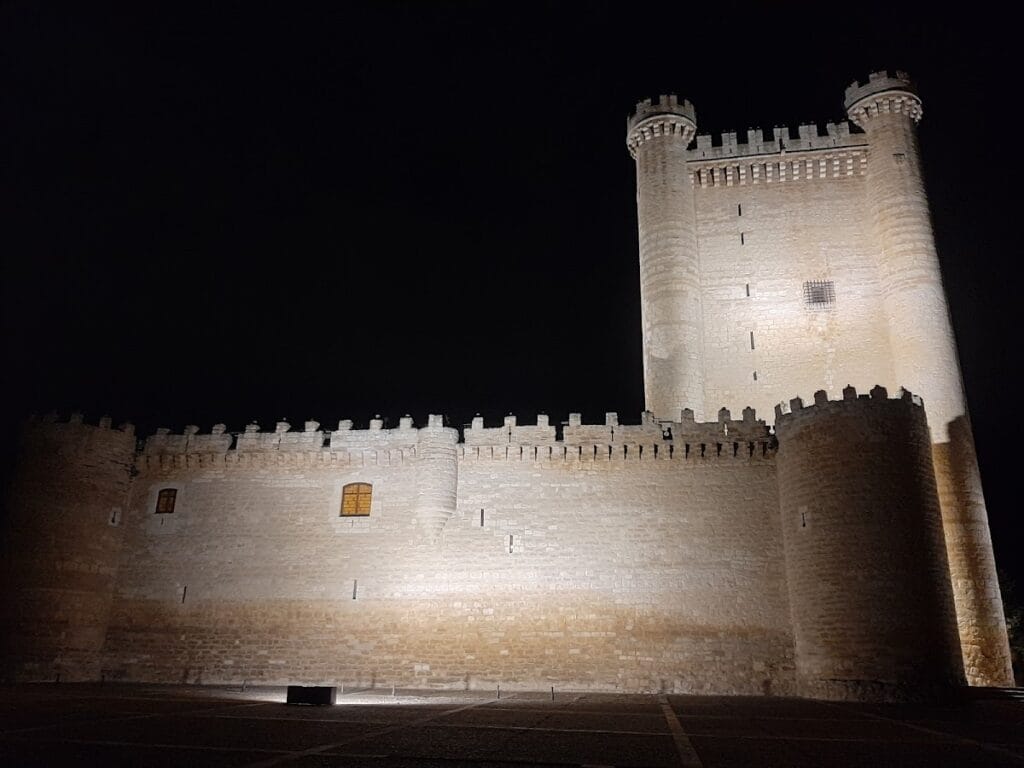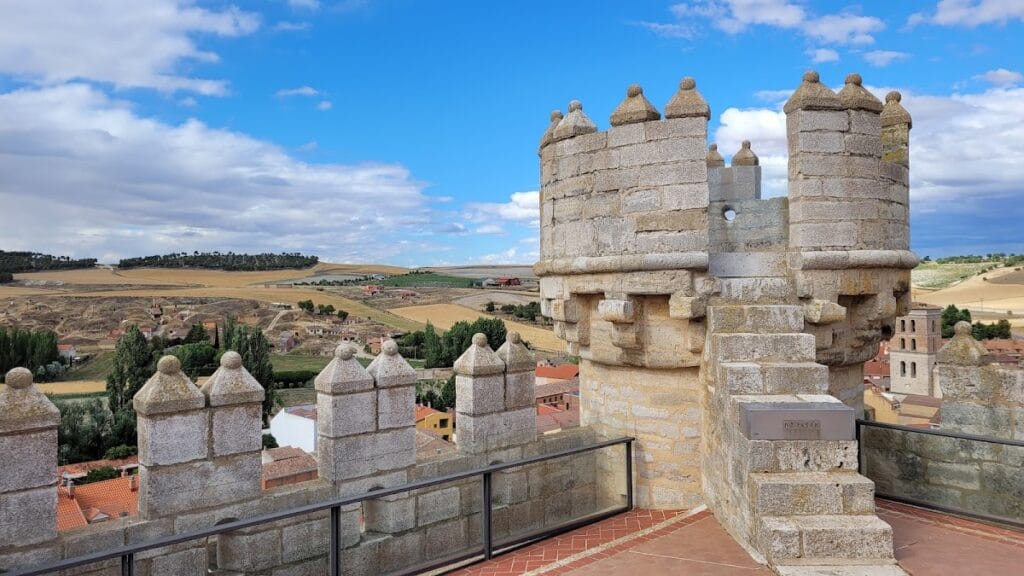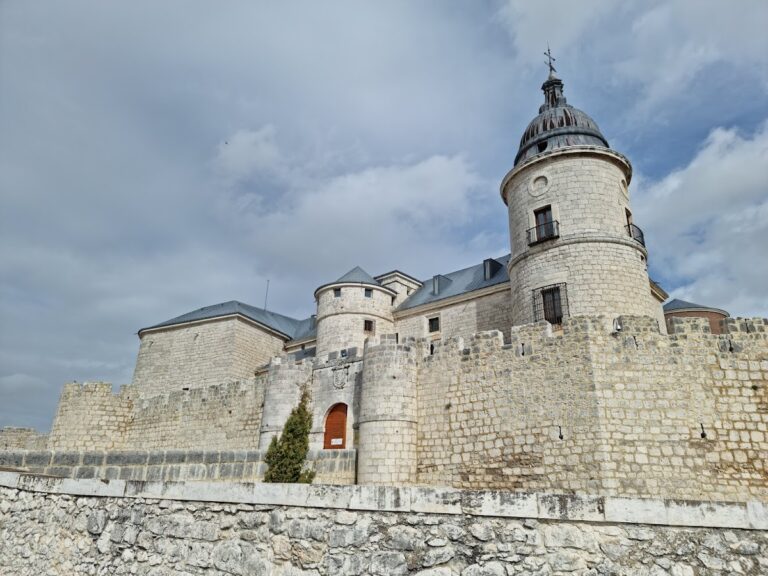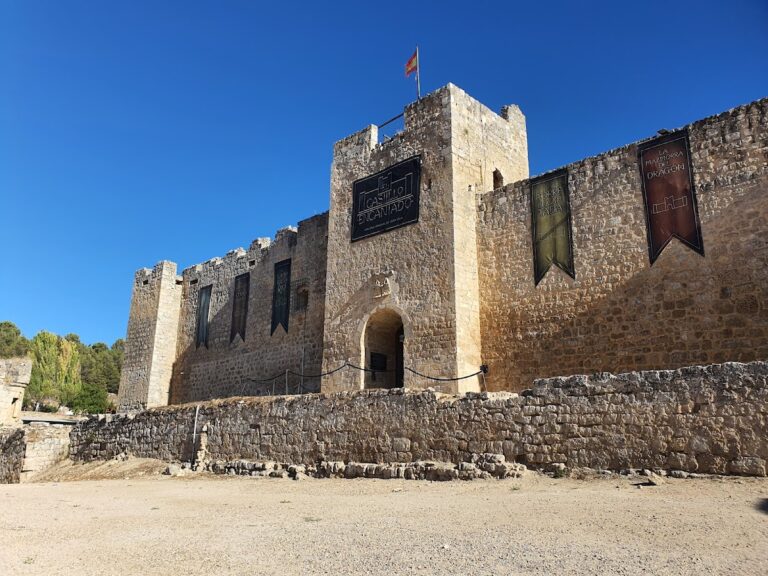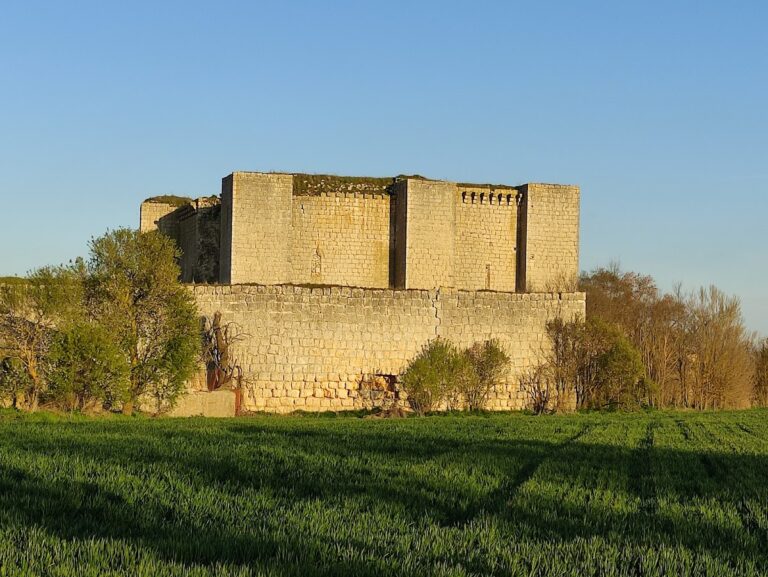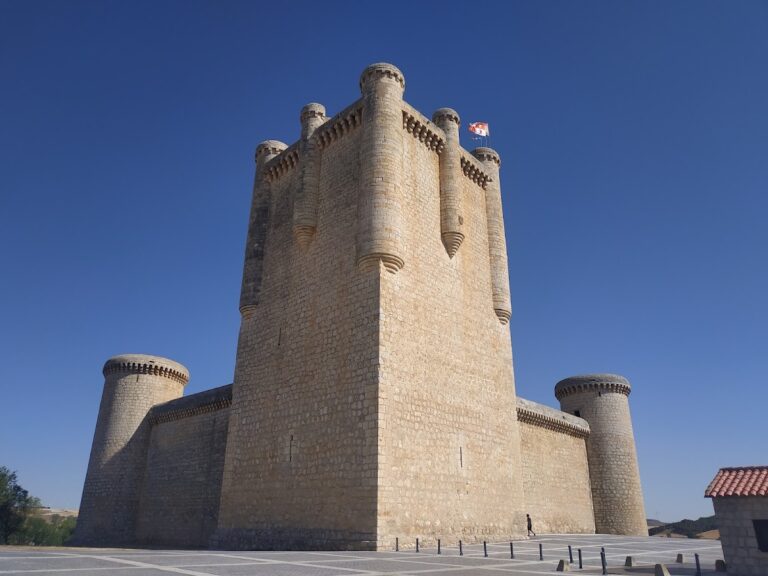Fuensaldaña Castle: A Historic Noble Residence in Valladolid, Spain
Visitor Information
Google Rating: 4.4
Popularity: Medium
Google Maps: View on Google Maps
Official Website: www.provinciadevalladolid.com
Country: Spain
Civilization: Medieval European
Remains: Military
History
Fuensaldaña Castle stands in the village of Fuensaldaña, near Valladolid in Spain. It was built during the 15th century by the noble Vivero family, who had Galician origins, under the direction of Alonso Pérez de Vivero, an important official serving King John II of Castile.
Construction began around 1451–1452, but Alonso Pérez de Vivero died before its completion. His grandson, Alonso de Vivero, the second Viscount of Altamira, finalized the castle and played a notable historical role as a protector in the secret marriage of the Catholic Monarchs, Ferdinand and Isabella. This royal couple spent part of their honeymoon at the castle in 1469, linking the site directly to this significant moment in Spanish history.
The castle, designed primarily as a noble residence rather than a defensive fortification, held only a small military presence. This lack of military strength became evident during the Revolt of the Comuneros in 1521, when the castle was easily seized by rebel forces. By that time, its garrison had declined to just six soldiers, highlighting the building’s limited strategic focus.
Ownership of the castle initially remained with the Vivero family. However, during the War of Castilian Succession, the Catholic Monarchs confiscated the property because of the family’s opposition. The castle was eventually returned to the Viveros in 1490, restoring their possession.
In the 20th century, Fuensaldaña Castle experienced a new role within the regional political landscape. In 1983, Demetrio Madrid, then President of the Junta of Castile and León, selected the castle as the seat for the regional parliament. For nearly 24 years, it housed the Cortes of Castile and León, adapting parts of the castle for legislative and administrative functions. This use ended in 2007 when the legislature moved to a modern building in Valladolid.
Following its parliamentary tenure, the castle underwent renovation projects between 2011 and 2012 aimed at preparing it for public access and special events. Restoration work across these decades has contributed to the preservation and adaptive reuse of the site, respecting its historical importance while allowing contemporary cultural functions.
Remains
Fuensaldaña Castle follows the traditional layout of noble residences typical of the Valladolid region during the late Middle Ages. Its main feature is a rectangular keep, also known as a tower of homage, which rises about 34 meters and contains three main floors plus a basement. These levels are connected by an internal spiral staircase shaped in a square plan, culminating at a crenellated terrace with four corner turrets. These turrets, called garitas, extend downward as slender towers reaching the ground, offering visual prominence and architectural balance.
Within the keep, each floor includes a spacious vaulted chamber equipped with barred windows that once provided both light and security. The building stands within a simple square courtyard surrounded by corner bastions called cubos, designed for limited defensive purposes. Originally, entry to the tower was controlled by a drawbridge, emphasizing the building’s residential nature with modest protective features rather than heavy fortification.
During its time as the seat of the regional parliament, the courtyard area was adapted to host the hemicycle, the main legislative chamber, confirming the castle’s continued functional evolution. Interior spaces were transformed to accommodate offices, meeting rooms, and administrative functions necessary for governance, marking a significant modification from its original residential use.
Restoration efforts in the late 20th and early 21st centuries have ensured the castle’s good condition. These works stabilized structural elements and adapted the building to new uses, such as public visits and cultural events, while preserving its historic fabric. Although access to most interior parts requires prior permission, the castle’s exterior and group areas remain visible, illustrating a preserved example of Valladolid noble castle architecture that blends medieval origins with modern restoration and reuse.

